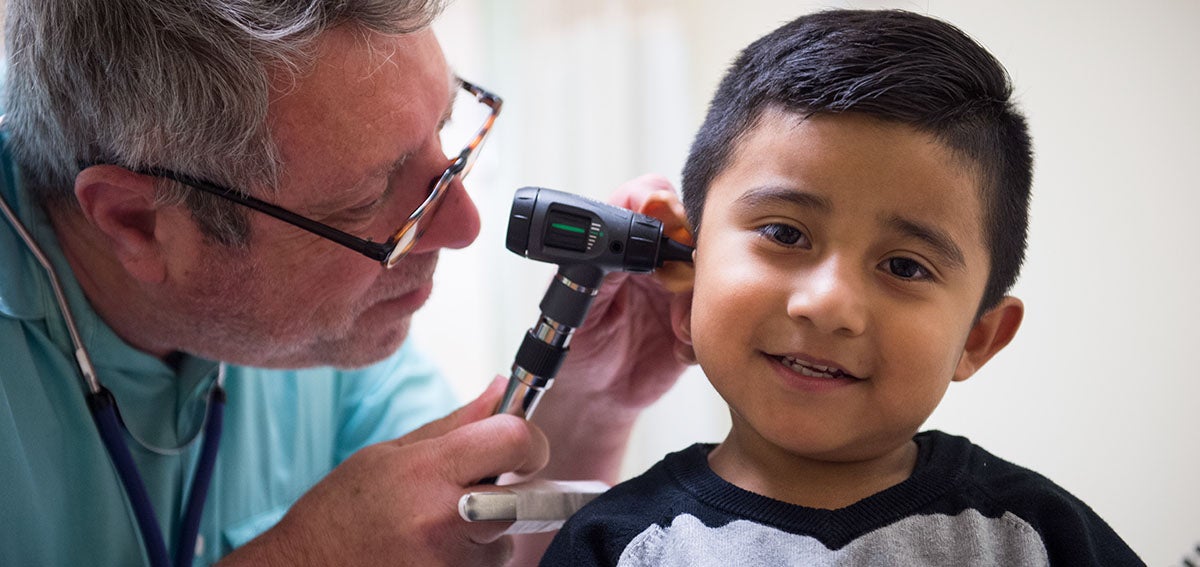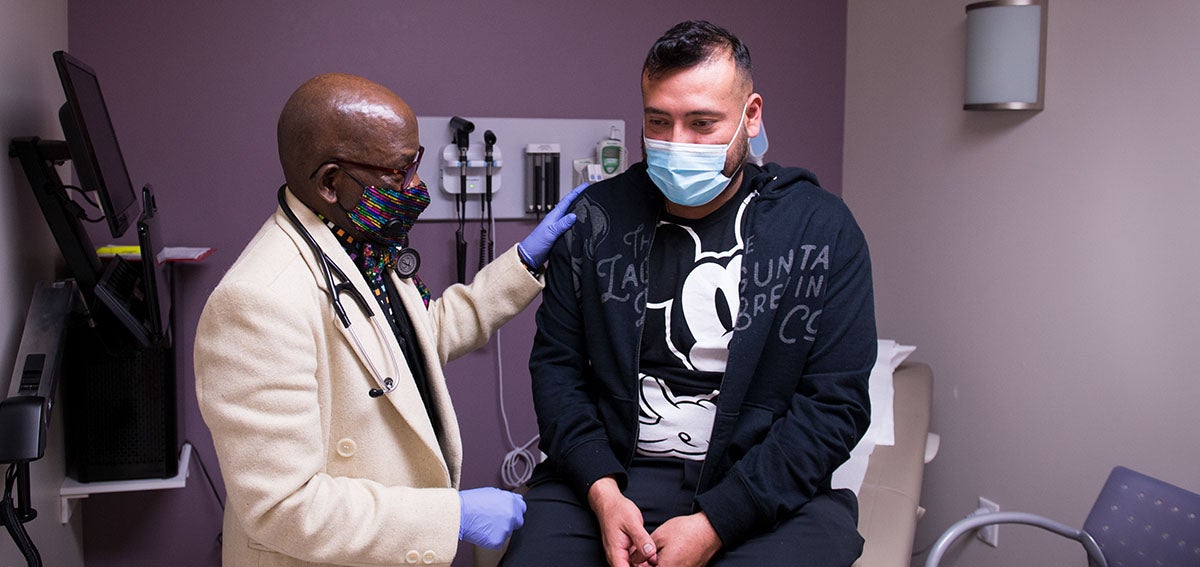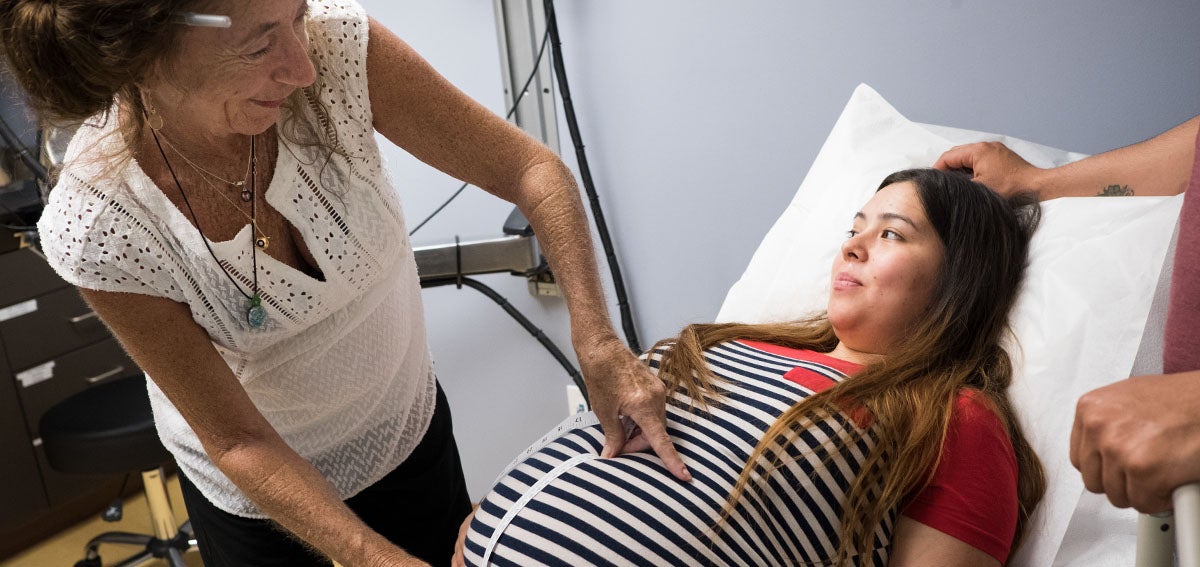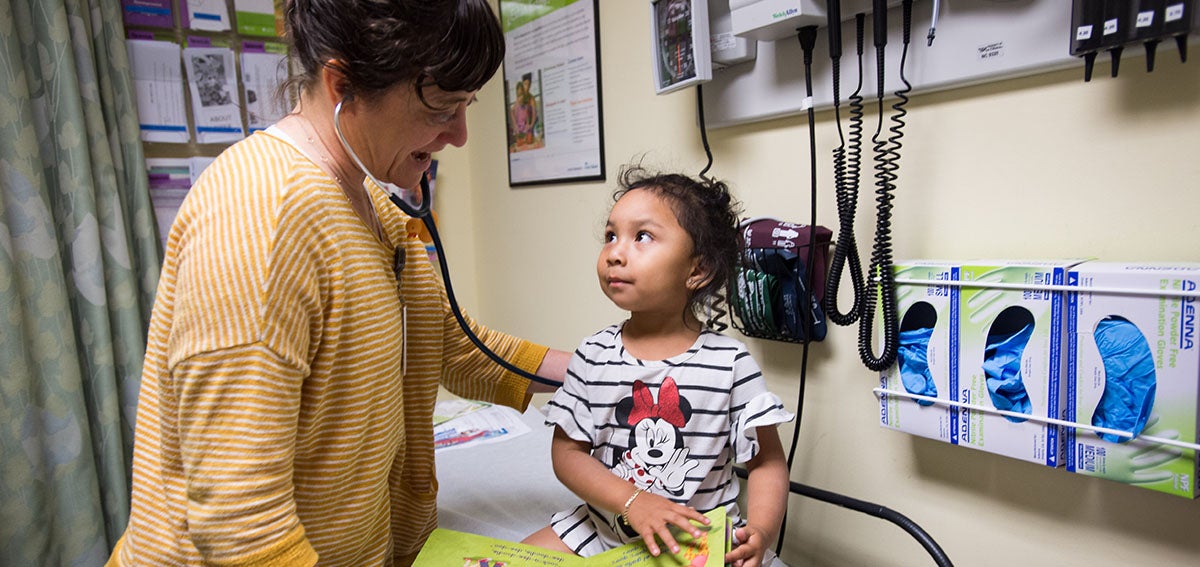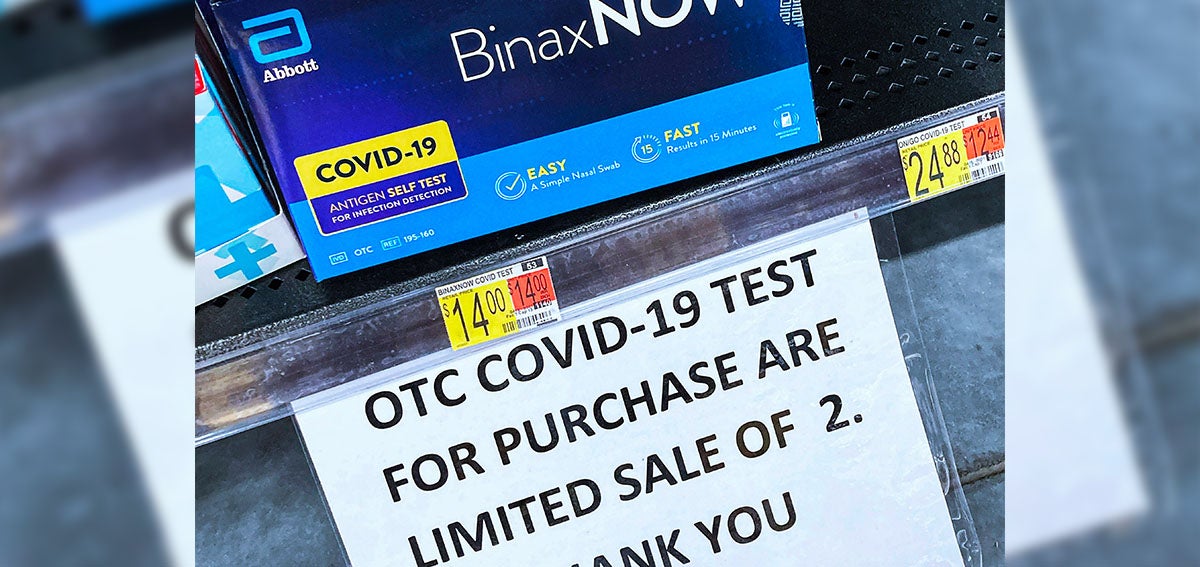
Californians scrambling for rapid COVID-19 tests over the holidays found empty shelves in stores and online merchants declaring they were sold out. Parents of school-aged children are facing the same problem as classes start and tests that were supposed to be available for all public school students are slowly trickling in to school districts.

Consumer demand for the at-home tests spiked just before Christmas as the highly contagious omicron variant hit the nation, sparking a surge in demand for self-screening of travelers and those planning to attend holiday gatherings. President Biden’s chief medical adviser, Anthony Fauci, MD, and the director of the US Centers for Disease Control and Prevention, Rochelle Walensky, MD, recommended the tests as an additional layer of protection before holiday get-togethers.
California governor Gavin Newsom promised to make tests “available to every K–12 public school student as they head back to the classroom from winter break.” As of January 3, only half of the six million tests Newsom promised had arrived at schools as the omicron variant has continued to surged.
“Everyone Is Out”
These rapid antigen at-home tests are sought after because results are available in about 15 minutes, health reporter Tim Sheehan reported in the Fresno Bee. But “spot checks of a half-dozen stores from national pharmacy chains and major retailers revealed that no at-home test kits were to be found,” Sheehan wrote on December 27.
Calls to “a dozen pharmacies in Los Angeles County came up empty-handed for the rapid tests,” Colleen Shalby and Rong Gong Lin III reported in the Los Angeles Times on December 21. Journalists in the Bay Area and Sacramento report similar shortages. “Honestly I went to Rite Aid, CVS, even called Walmart, but everyone is out,” El Cajon resident Graciela Romano told reporter Matt Hoffman of KPBS in San Diego, adding that she was exposed to the virus over Christmas.
The federal government and state and local governments in California are seeking to alleviate the shortage. “I think this is a temporary problem,” John Swartzberg, clinical professor emeritus at UC Berkeley’s School of Public Health, told reporter Alyssa Goard of NBC Bay Area News. “The frustrating thing is, it came at a time when testing is most critical.”
Exasperation over Supplies
President Biden said he understands Americans’ deep frustration over the omicron variant’s surge in the US and on December 21 outlined a plan to deal with it. Testing is a key component of the plan, and the federal government intends to buy a half-billion at-home COVID test kits and mail them to people who request them, with deliveries beginning within a week or so.
In the meantime, at-home tests are likely to remain hard to find. “It’s a mismatch of supply and demand,” Kristen Hwang wrote in CalMatters in September, when the delta variant was the dominant strain of COVID-19. “Nearly all state-run testing facilities offer only laboratory-based PCR tests, and people want rapid ones instead.”
Testing will become more important as the US continues to power through this surge, Bob Wachter, MD, professor and chair of the Department of Medicine at UCSF told Jaclyn Diaz of NPR.
Testing for COVID-19 likely won’t end the pandemic. Both rapid at-home tests and lab tests have significant drawbacks. Lab PCR tests leave people who have been exposed to the virus in limbo for up to 72 hours awaiting results. At-home tests are less sensitive than lab tests and may have a higher error rate in detecting the omicron variant.
“Until now, tests offered only a porous safety net; in the era of omicron, the holes are even wider,” explained Katherine Wu, a science writer for The Atlantic. “We’ll need to close the gaps by doubling down further on preventive measures: masking, vaccination, ventilation, and, unfortunately, cutting back on travel and socializing.”
Testing remains a crucial component of reducing the spread of the virus and the severity of illness after infection, thanks to newly available treatments for COVID. “For those who do fall ill, new oral coronavirus treatments could help blunt the impact on individuals and health systems across the world. In order for the pills to work, though, they have to be taken within a few days of a person developing symptoms — a tight time frame that depends heavily on access to quick and accurate testing,” Wu wrote.
How the Shortage of At-Home Tests Came About
From the early days of the pandemic, other countries supplied tests to their residents for free or at low cost. In the US, the Biden and Trump administrations both focused their efforts on vaccination rather than testing.
American leaders “banked on vaccines putting a swift end to the pandemic, holding off on large-scale purchases of COVID-19 tests that Americans could keep in their medicine cabinets,” Lydia DePillis and Eric Umansky wrote in November for ProPublica.
The United Kingdom, Singapore, and Germany have distributed free at-home tests throughout the pandemic, Claire Parker noted in the Washington Post. Other countries, including France and Belgium, sold at-home tests in pharmacies for a few euros each. Tests in the US are usually sold in packs of two for about $20 — up from $14 a few weeks ago.
Production in those nations was boosted by public funding and market certainty. Manufacturers felt safe in ramping up production, DePillis and Umansky explained.
Still, the supply of plentiful tests dwindled quickly as the newest variant started to spread, Parker wrote. “With omicron, infections are multiplying so fast that countries that were awash in rapid tests just weeks ago — including Britain and France — have experienced shortages.”
The US faces additional challenges, however, in speeding the production of at-home tests. “Manufacturers [are scrambling] to build supply chains capable of delivering the tens of millions of tests per week that public health experts estimate will be necessary to keep schools and workplaces open and safe,” DePillis and Umansky reported.
Expanded Supplies Within Weeks?
Test providers and local and state governments have committed to ramping up testing capacity. And Swartzberg predicted easier access to tests within weeks, according to NBC Bay Area.
Across the Bay Area, health officials plan to expand their testing capacity in the coming weeks. County health departments are starting to distribute at-home test kits they’ve received from the state, wrote Gabriel Greschler and Maggie Angst in the San Jose Mercury News. “Santa Clara County is focusing on giving the 160,000 kits it received to partner agencies that serve communities with high case rates such as East San Jose and Gilroy,” they reported.
Efforts being made to ramp up the availability of timely PCR lab tests also remain challenging. Santa Clara County will transition a vaccination site in San Martin to a drive-through testing site on January 10. Contra Costa County is also looking to open more sites, Greschler and Angst reported. “In the meantime,” they wrote, “officials are asking people to act cautiously to prevent the further spread of the virus.”
Authors & Contributors

Heather Tirado Gilligan
Heather Tirado Gilligan is a journalist who has written for publications including Slate, The Nation, CNN, and the Washington Post. Previously, she was executive editor of the California Health Report, a news nonprofit covering disparities in health and access to health care. Heather received a master’s degree in journalism from UC Berkeley and a PhD in English from Rutgers University, where she studied race in American culture.


